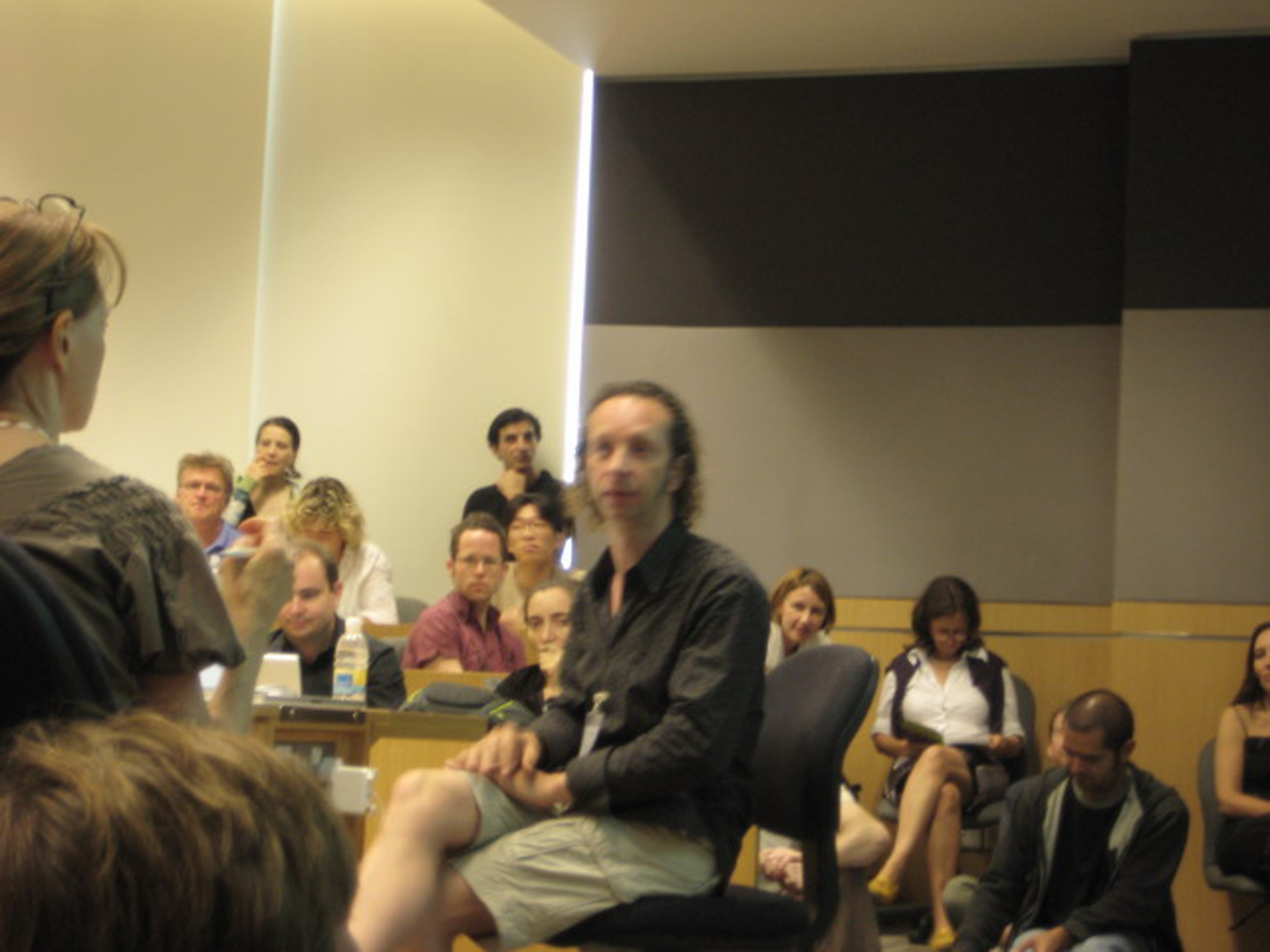“HEADROOM: A space between presence and absence” presented by Sermon
Presentation Title:
Presenter(s):
Abstract:
HEADROOM was produced by Paul Sermon as the successful recipient of the 2006 Taiwan Visiting Arts Fellowship award. This residency programme is a joint initiative between Visiting Arts, the Council for Cultural Affairs Taiwan, British Council Taipei and Arts Council England.
Paul Sermon had no concrete plans about what he would produce prior to the three month residency and assumed a “blank canvas” approach in order to respond to his environment and adopt an action research based method in the development of his work. This process has been comprehensively documented as part of the AHRC Performing-Presence project led by Prof. Nick Kaye from Exeter University.
HEADROOM is a juxtaposition of Paul’s experiences in Taipei, between the way people live and the way people escape, as an analogy between the solitude presence in the bedroom space and the divine telepresent aspirations in the Internet space. Also referencing Roy Ascott’s essay, “Is There Love in the Telematic Embrace?” (1990) and reminiscent of Nam June Paik’s early Buddha TV installations, HEADROOM is a reflection of the self within the telepresent space, as both the viewer and the performer of this intimate encounter. The television ‘screen’ is transformed into a stage or portal between the causes and effects that simultaneously take place in the minds of the solitary viewers. HEADROOM was exhibited at Xinyi Public Assembly Hall during the artist-in-residency at Taipei Artists Village in April 2006.
The two rooms have lowered false ceilings, forcing the gallery visitors to bend down when entering the spaces. However, there is one location in each room where the viewer can stand up straight and put their head and hands through a hole into the cavity space. One of the rooms has a very lived-in appearance, containing drab used furniture. The other room by contrast is very stark. A video camera in each cavity space records a live image of the head and arms of each participant and feeds it to a video chroma-key mixer. One of the head shot images is recorded against a blue background which is extracted by the video mixer and replaced by the other live head shot – placing the two heads opposite each other within the same live video image, forcing the participants into a very intimate and also intimidating telepresent encounter.
Project Website: paulsermon.org/headroom
[also an artist talk]






